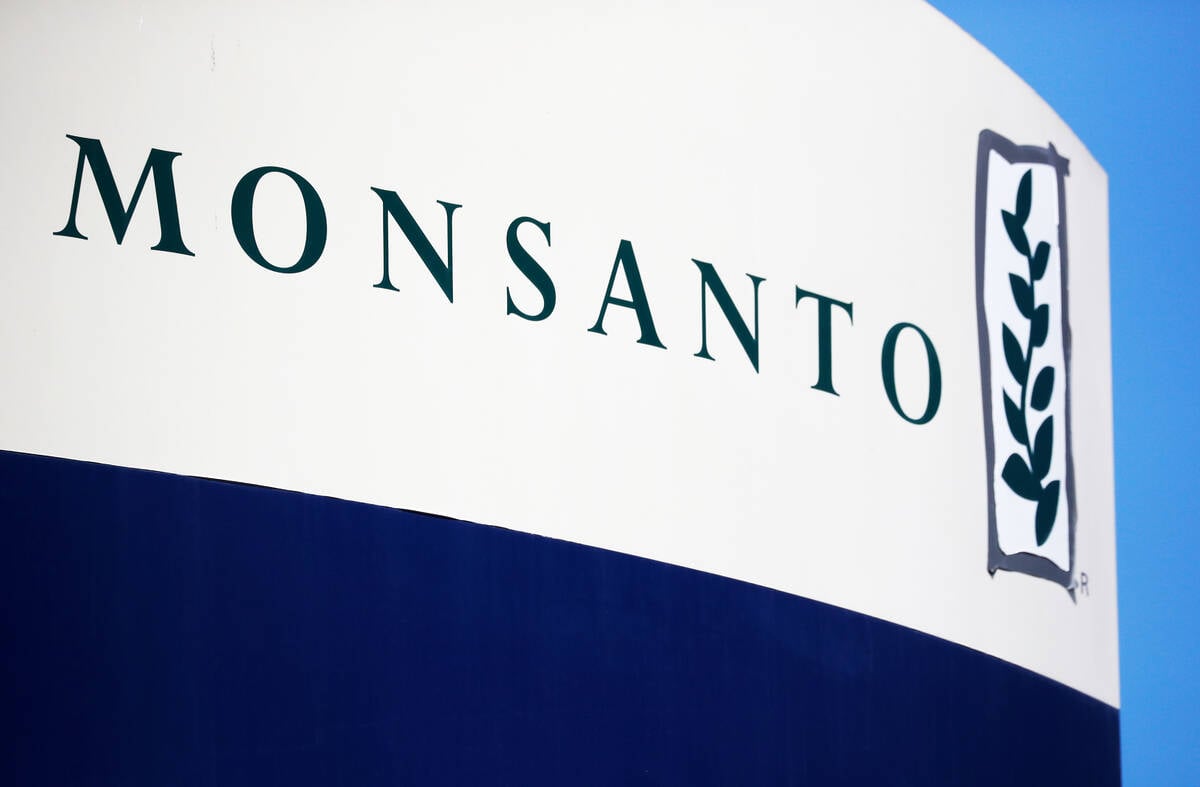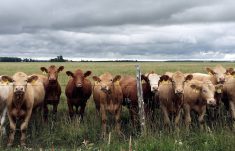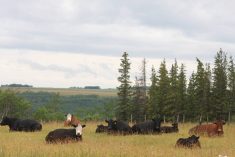Predictably, the Canadian Meat Council doesn’t take kindly to the suggestion that consumers are showing increased interest in plant-based proteins at the expense of meat.
The council came out swinging at the Canadian Food Price Report released earlier this month, calling the report misleading and noting that demand for meat is “only” set to fall two per cent. It went on to say that any drop in price was due to increased global supply — rather than decreased demand.
Read Also

Roundup retraction makes public trust ripples
A foundational study on glyphosate safety was recently retracted, while Roundup maker Bayer has already said it may ditch the key agricultural herbicide after lawsuits piled up.
Interestingly, however, the council’s response then goes on to support the basic premise.
“Statistics Canada data shows that meat consumption by Canadians has decreased steadily between 2004 to 2015 — and not suddenly because of any specific dietary trends,” it says in a release.
In fact, there are three trends in play that are proving hugely disruptive to the livestock sector.
Consumers in traditional big meat-eating countries, mainly in the industrialized economies, are indisputably leaning towards smaller portions and eating meat less often. Health-care professionals and government guidelines support this move.
The irony is this has been occurring at the same time as the industry has focused on producing bigger animals that grow faster in the name of efficiency.
Secondly, the number of non-meat protein alternatives is surging, ranging from plant-based options to insect protein. Dining these days has become all about the experience, so people are looking for new things to try. These non-meat options are competing for the same dietary space and food dollar.
The fast-food chain A&W, which got heaps of abuse from beef producers for differentiating within the meat sphere with burgers that were raised without the use of growth hormones and routine use of antibiotics, is now a market leader in introducing a non-meat burger that tastes better than a lot of burgers. Demand has exceeded its ability to supply it.
So beef producers who promoted boycotting the company because it was serving beef can now watch their customers eat burgers made from ingredients produced by their grain-farming neighbours. Touché.
Thirdly, the remaining market for meat is becoming fragmented along ethical lines that will increase costs of production.
The Nourish 2019 Trend Report calls it the rise of the “conscious carnivore” and “ethical protein.” The report, produced by the Toronto-based Nourish Network, a marketing and communication service focused on food and agriculture, cites research that found the top-three drivers are animal welfare, environment and health.
“Consumer concern about the humane treatment of farm animals has increased from 40 per cent in 2017 to 49 per cent in 2018. The same research shows that, “while six in 10 Canadians agree they would consume meat, milk, and eggs IF farm animals are treated humanely, less than one-third feel they ARE treated humanely,” it says.
The proportion of vegetarians and vegans continues to rise but the more significant impact on meat demand will come from so-called flexitarians, a much bigger cohort of consumers choosing to eat meat more selectively.
However, they are still customers, so the industry must tread carefully. Meat producers can criticize vegetarians all they like and not lose a customer. Attack your customer’s choices and you risk driving them away.
Ethical eating is all about values — some of which are rooted in science and some of which are simply preference. The push by major buyers, including McDonald’s as of this week, to reduce the industry’s dependence on antibiotics is a no-brainer; the rise of antibiotic resistance is a well-documented concern.
The backlash against growth hormones is more nuanced. Some won’t accept them, yet there is no evidence to suggest they are unsafe, and they do reduce the industry’s environmental footprint.
The Nourish authors say it remains to be seen how consumers will respond to some of the non-meat products in the pipeline that look and “bleed” like the real thing.
“Will vegans dismiss it because they see it as meat, while meat eaters dismiss it because they see it as not real?” they write.
For the livestock sector, figuring out what to do about all this is a bit like navigating quicksand. Rather than thrashing about, it needs to step back and consider how it can stay afloat in a market that’s shifting in unpredictable ways.















